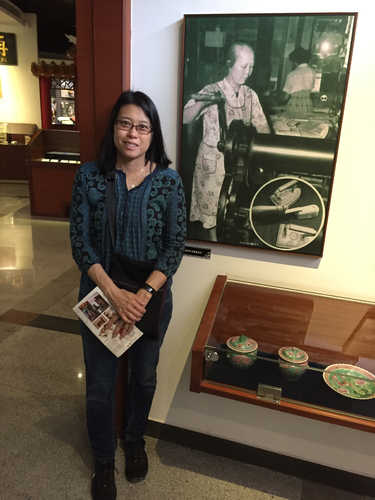Keywords: color image
Item 103626
Military parade group, City Hall, Portland, ca. 1926
![]() Was this during Armistice Day?
Was this during Armistice Day?
Contributed by: Maine Historical Society/MaineToday Media Date: circa 1926 Location: Portland Media: Glass Negative
Item 23963
Camping in the woods of Maine, ca. 1920
Contributed by: Jesup Memorial Library Date: circa 1920 Media: Postcard
Exhibit
Eternal Images: Photographing Childhood
From the earliest days of photography doting parents from across Maine sought to capture images of their young children. The studio photographs often reflect the families' images of themselves and their status or desired status.
Exhibit
<i>Of Note: Maine Sheet Music</i> features captivating covers of original sheet music along with stories about Maine connections to the songs. Before people had easy access to popular music from records, radios, and the internet, they played songs of the day on instruments at home, using sheet music purchased at music stores. Iconic Maine subjects like lobsters, pine trees, and winter were perfect for lyrics sung by luminaries like Rudy Vallée of Westbrook, and intricate artwork of Maine's landscape graced the sheet music covers.
Site Page
Early Maine Photography - Studio Portraits
"… by the introduction of drapery, tastefully colored." Portrait of a young woman with a straw hat, South Berwick, ca."
Site Page
Historic Clothing Collection - 1900-1910 - Page 1 of 3
"… fashions, one was defined by soft pastel colored, lacy, bloused or pouched bodices, with smooth firmly corseted back thrust hips ("S" bend style)…"
Story
Tapestry, Seine Twine and Burlesque
by Barbara Burns
My work as a tapestry artist and dancer in Maine.
Story
From Chinese Laundress to Mother of the Year
by Dr. Andrea Louie
Toy Len Goon's granddaughter recounts her immigration to the US and becoming Mother of the Year.
Lesson Plan
Grade Level: 3-5, 6-8, 9-12
Content Area: Social Studies, Visual & Performing Arts
"In the four quarters of the globe, who reads an American book?" Englishman Sydney Smith's 1820 sneer irked Americans, especially writers such as Irving, Cooper, Hawthorne, and Maine's John Neal, until Henry Wadsworth Longfellow's resounding popularity successfully rebuffed the question. The Bowdoin educated Portland native became the America's first superstar poet, paradoxically loved especially in Britain, even memorialized at Westminster Abbey. He achieved international celebrity with about forty books or translations to his credit between 1830 and 1884, and, like superstars today, his public craved pictures of him. His publishers consequently commissioned Longfellow's portrait more often than his family, and he sat for dozens of original paintings, drawings, and photos during his lifetime, as well as sculptures. Engravers and lithographers printed replicas of the originals as book frontispiece, as illustrations for magazine or newspaper articles, and as post cards or "cabinet" cards handed out to admirers, often autographed. After the poet's death, illustrators continued commercial production of his image for new editions of his writings and coloring books or games such as "Authors," and sculptors commemorated him with busts in Longfellow Schools or full-length figures in town squares. On the simple basis of quantity, the number of reproductions of the Maine native's image arguably marks him as the country's best-known nineteenth century writer. TEACHERS can use this presentation to discuss these themes in art, history, English, or humanities classes, or to lead into the following LESSON PLANS. The plans aim for any 9-12 high school studio art class, but they can also be used in any humanities course, such as literature or history. They can be adapted readily for grades 3-8 as well by modifying instructional language, evaluation rubrics, and targeted Maine Learning Results and by selecting materials for appropriate age level.













